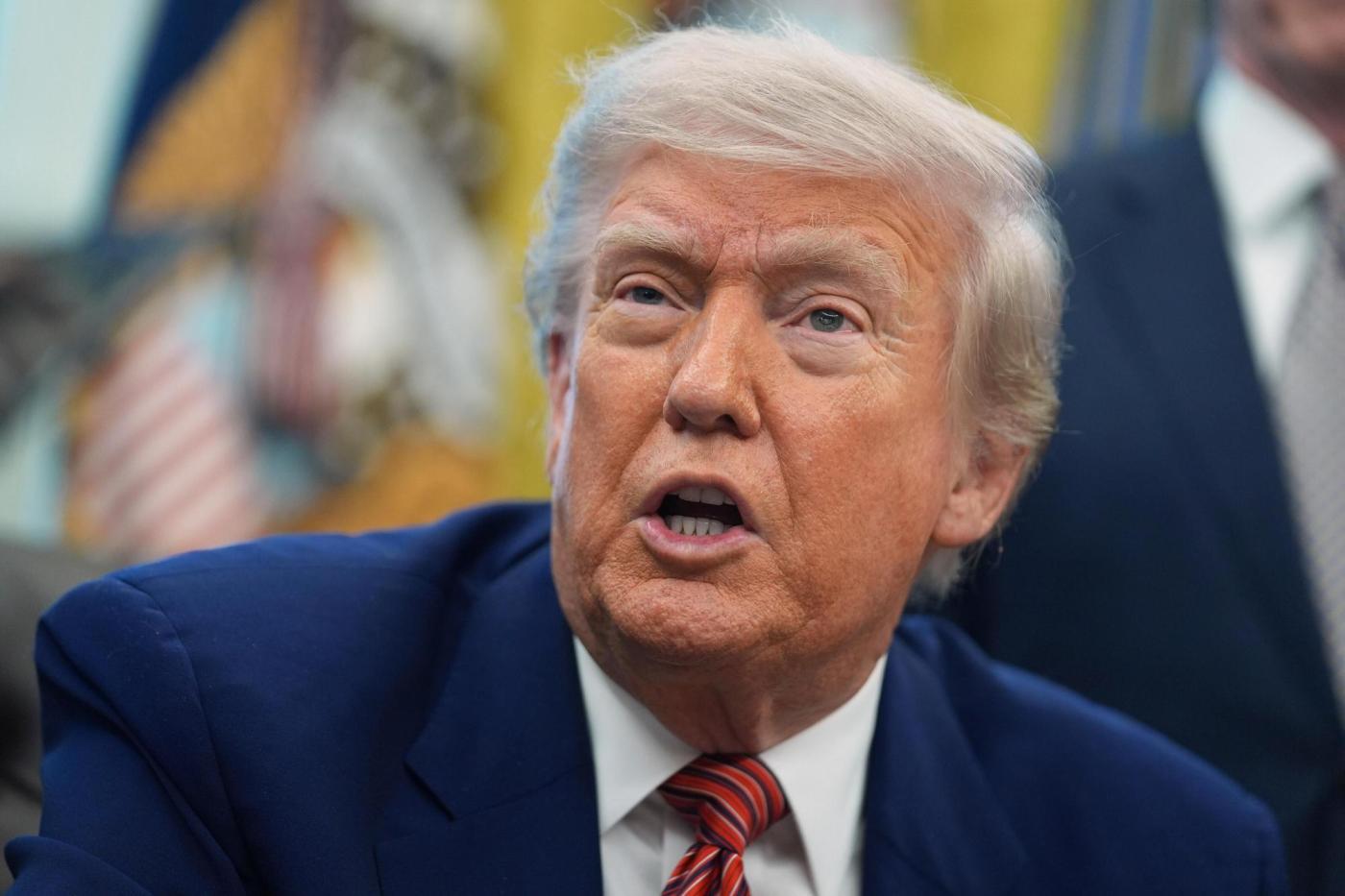WASHINGTON (AP) — A new analysis reveals that U.S. employers could incur a direct cost of $82.3 billion due to President Donald Trump’s current tariff plans. This financial burden could lead to price hikes, layoffs, hiring freezes, or reduced profit margins, according to the JPMorganChase Institute.
The study focuses on businesses with annual revenues between $10 million and $1 billion, a segment that employs about a third of the private-sector workforce in the United States. These companies, particularly in the retail and wholesale sectors, are heavily reliant on imports from countries like China, India, and Thailand, making them especially vulnerable to the imposed tariffs.
Impact on U.S. Businesses
The findings challenge Trump’s assertions that foreign producers would bear the brunt of the tariffs. Although the tariffs have not yet significantly increased overall inflation, large corporations such as Amazon, Costco, Walmart, and Williams-Sonoma have preemptively increased their inventories to mitigate the impact of the tariffs.
The analysis comes as the July 9 deadline approaches for Trump to formalize tariff rates on goods from multiple countries. The decision follows market turmoil triggered by Trump’s initial tariff announcements in April, which led to a temporary 90-day negotiation period with a baseline tariff of 10% on most imports. Notably, China, Mexico, and Canada face higher rates, while steel and aluminum are subject to separate 50% tariffs.
Economic Consequences and Business Strategies
Had the initial tariffs been implemented, the affected companies would have faced additional costs of $187.6 billion. Under the current rates, the $82.3 billion cost translates to an average of $2,080 per employee, or 3.1% of the average annual payroll, encompassing firms that both do and do not import goods.
By the Numbers: The current tariff costs could average $2,080 per employee, impacting 3.1% of the annual payroll.
Goldman Sachs anticipates that companies will pass on 60% of their tariff costs to consumers. The Atlanta Federal Reserve’s business surveys suggest that firms could transfer about half of the costs from a 10% or 25% tariff without dampening consumer demand.
The JPMorganChase Institute notes that while some domestic manufacturers might benefit by becoming stronger suppliers, wholesalers and retailers, already operating on thin margins, may need to distribute the tariff costs to their customers.
Uncertain Future and International Negotiations
The outlook for tariffs remains uncertain. Trump paused negotiations with Canada, only to resume them after Canada abandoned its digital services tax plan. Similarly, Trump threatened further tariffs on Japan unless it increased its rice purchases from the U.S.
Treasury Secretary Scott Bessent expressed optimism about recent trade negotiations, stating on Fox News Channel’s “Fox & Friends” that the deals being crafted are unprecedented in his experience. The administration aims to discuss trade deal frameworks next week, while prioritizing the recently passed tax cuts package in the Senate.
Quote: “People who have been at Treasury, at Commerce, at USTR for 20 years are saying that these are deals like they’ve never seen before,” said Treasury Secretary Scott Bessent.
As the deadline for the multitrillion-dollar package approaches, Trump hopes to offset its costs with revenue from tariffs. The administration’s actions will continue to shape the economic landscape, influencing both domestic and international markets.
As the U.S. navigates these complex trade dynamics, businesses and consumers alike will be watching closely to see how the tariffs impact prices, employment, and economic growth in the coming months.
